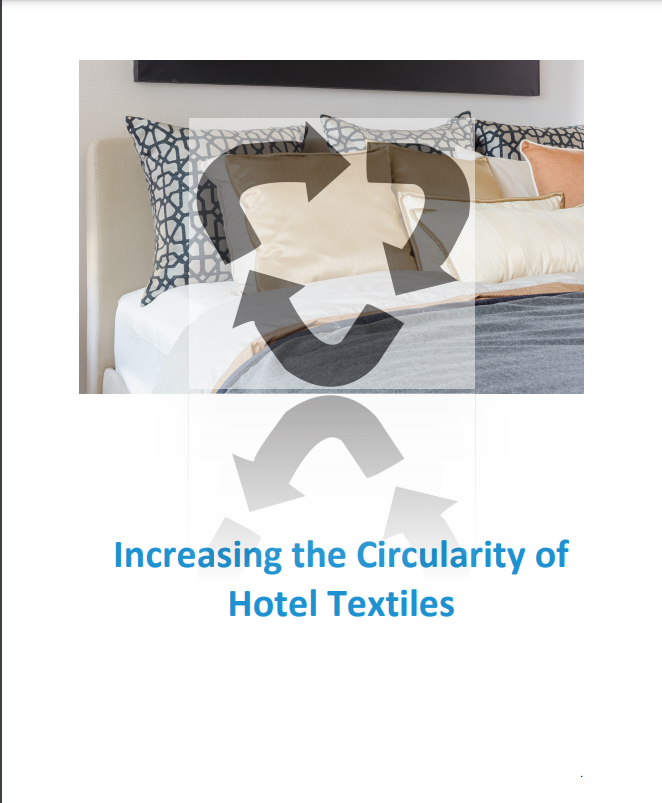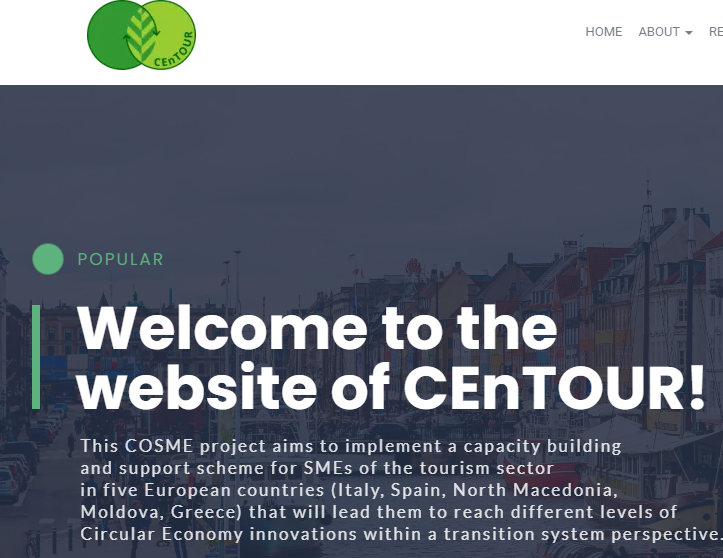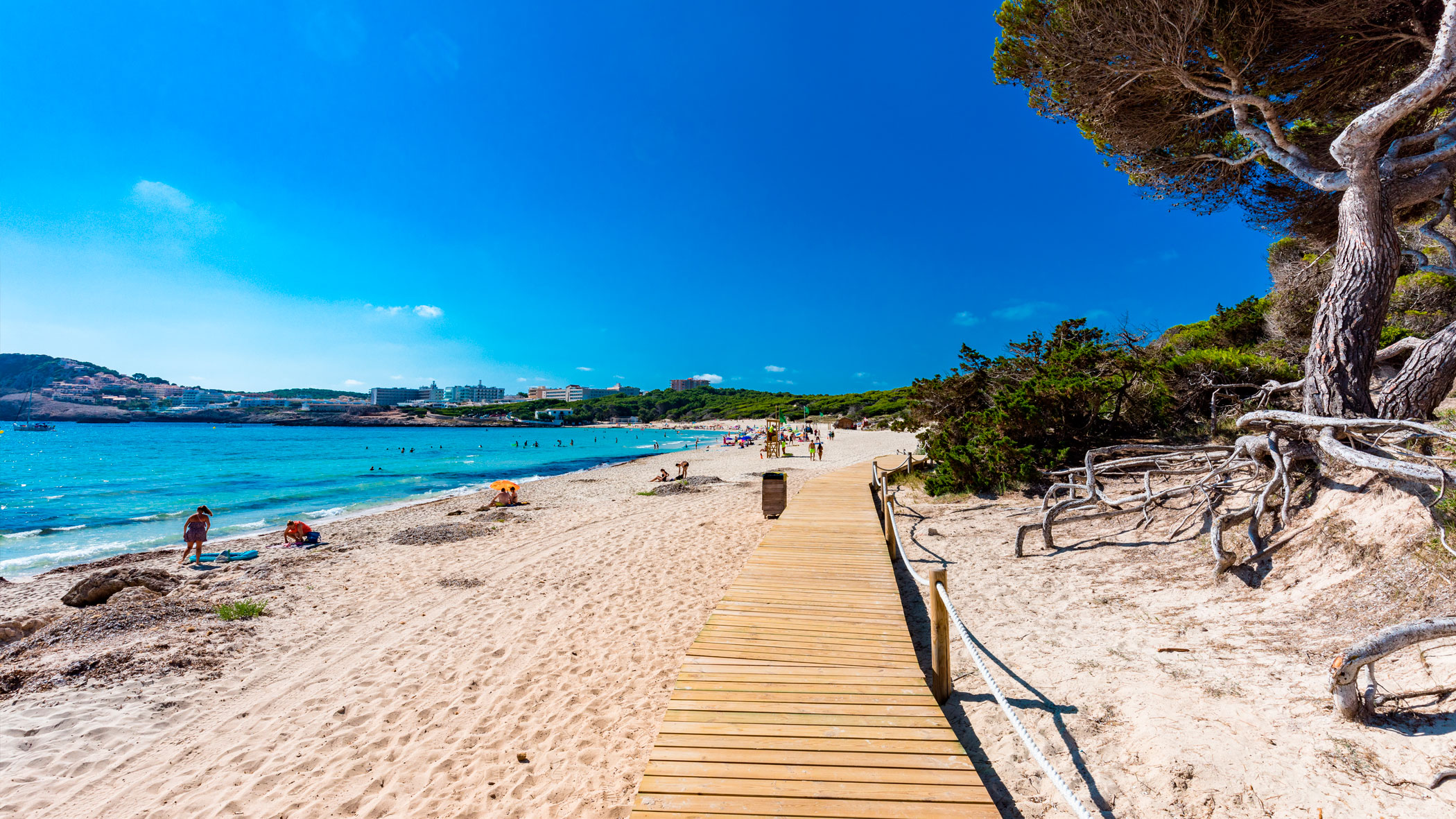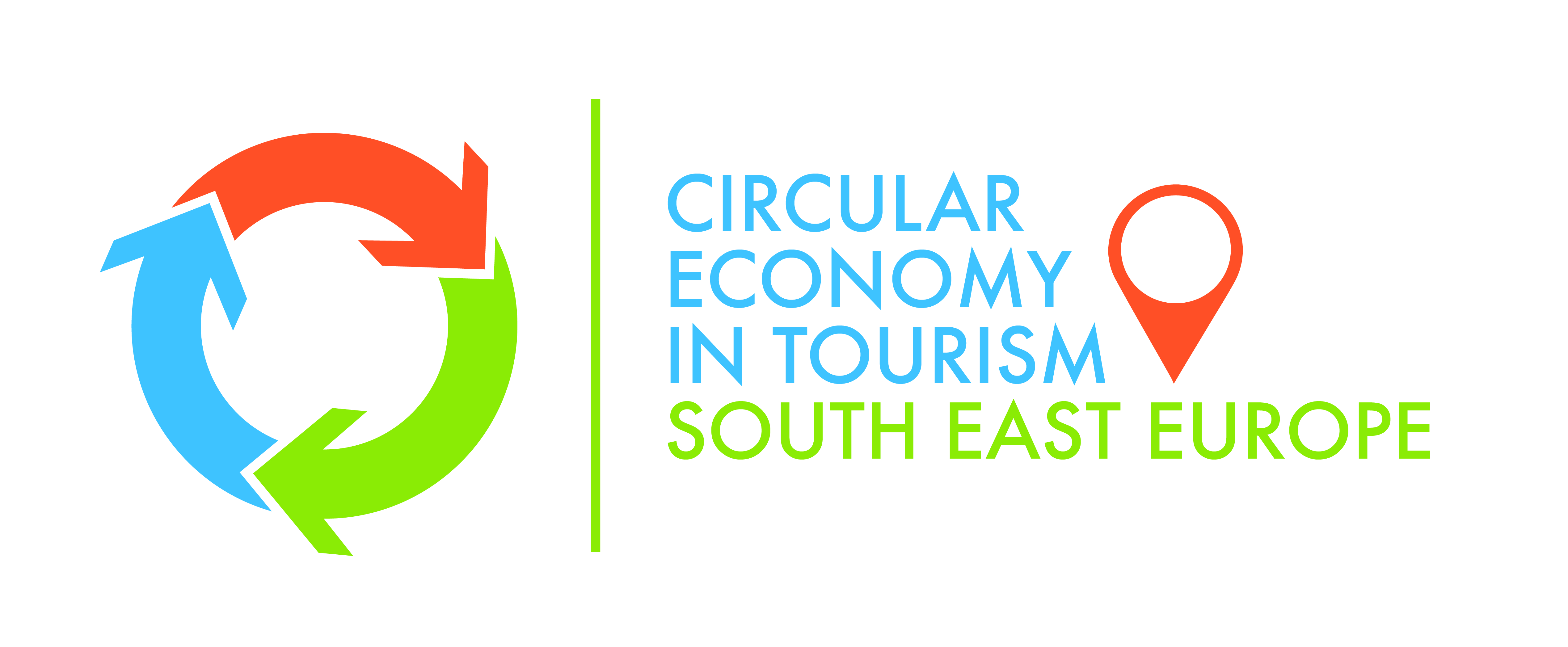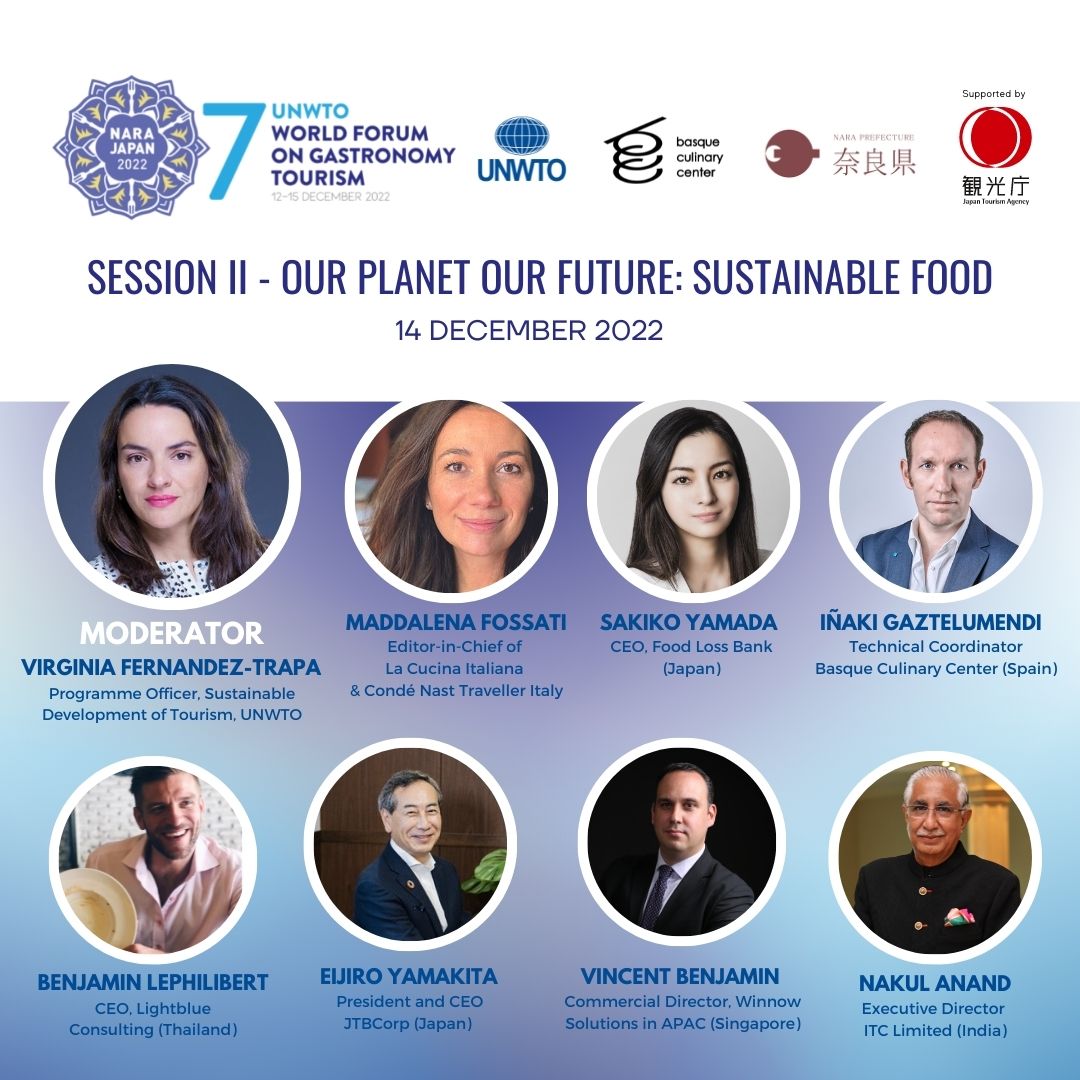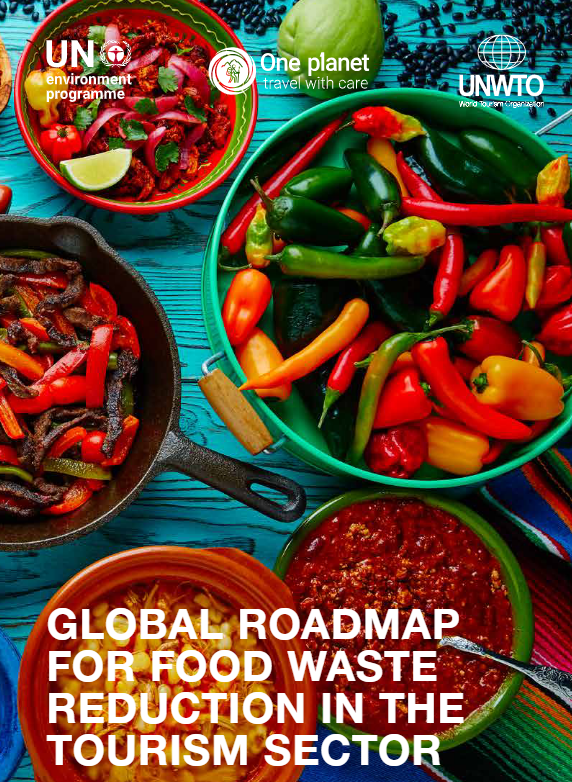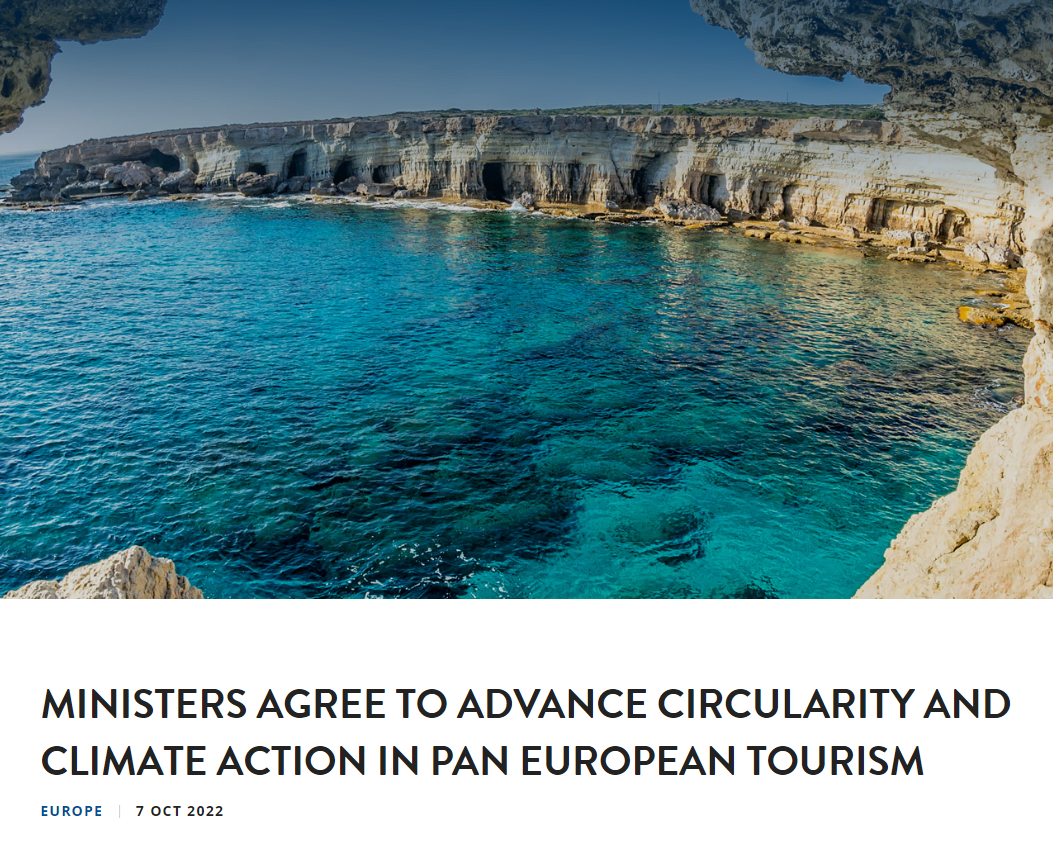Increasing the Circularity of Hotel Textiles
A guidebook that analyses the use of textiles in hotels in Copenhaguen and proposes solutions to increase the circularity of textiles. It was developed as part of the local URBAN-WASTE initiative in Copenhagen.
The city of Copenhagen authorized PlanMiljø to map textile consumption, use, and management in hotels there as well as opportunities to improve textile circularity. The study mainly employed data gathered directly from hotels, used textile collectors, and leasing businesses. 61% of Copenhagen's hotels, including hotel chains and individual properties, participated in the poll. In Copenhagen, an estimated 479 tonnes (or about 14 kg per hotel bed), 121 tonnes (or about 3.5 kg per hotel bed), and 3000 tonnes of CO2 are produced annually from the new textiles that are purchased. In terms of weight, more than 90% of hotel linens are rented. The most common textiles owned by hotels (46%) are the uniforms for the front desk, bar, and management employees.
A higher degree of circularity in hotel textiles entails not only keeping them in use for as long as possible through durable design, repair, and recirculation within a hotel but also ensuring that, if they are discarded, discarded textiles and the materials they contain eventually receive a second life through reuse or recycling. While leasing accounts for the great majority of hotel textiles, hotels and leasing firms may play a key role in promoting circularity. When a hotel no longer needs them, leasing businesses may provide more robust textiles and ensure they are recycled or returned to the supply chain for reuse. Hotels might include clauses in leasing agreements that compel leasing businesses to adhere to circularity principles while guaranteeing circularity in the uniforms and workwear they own.
External source(s)
